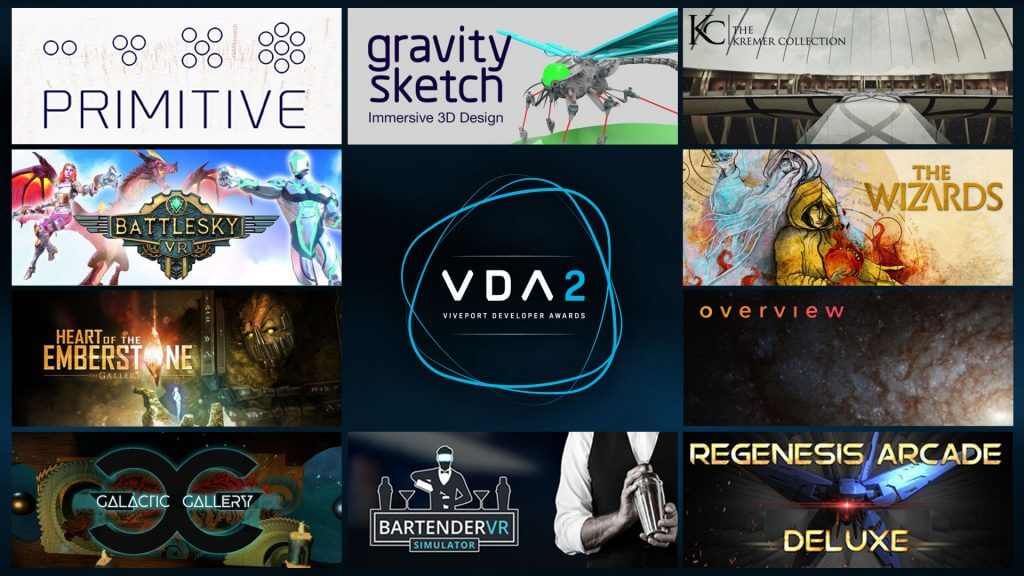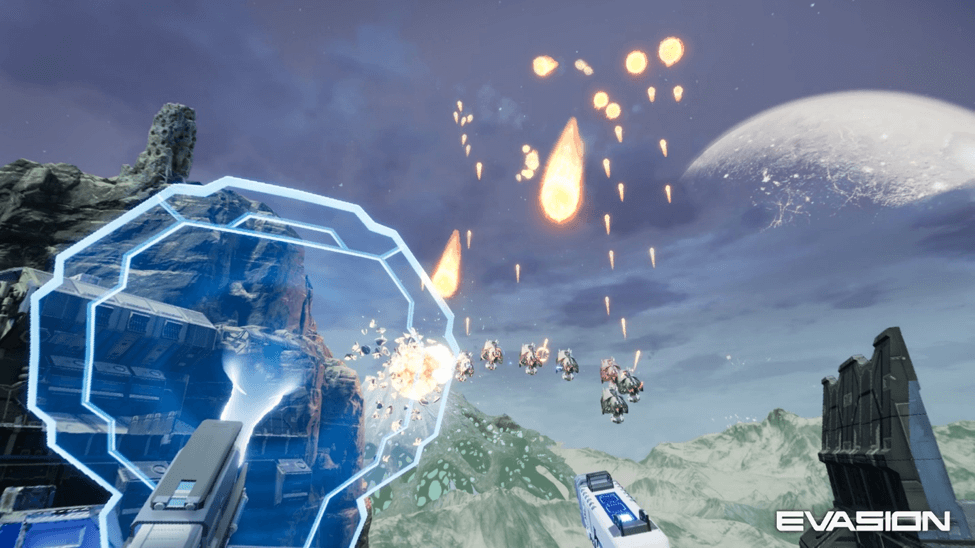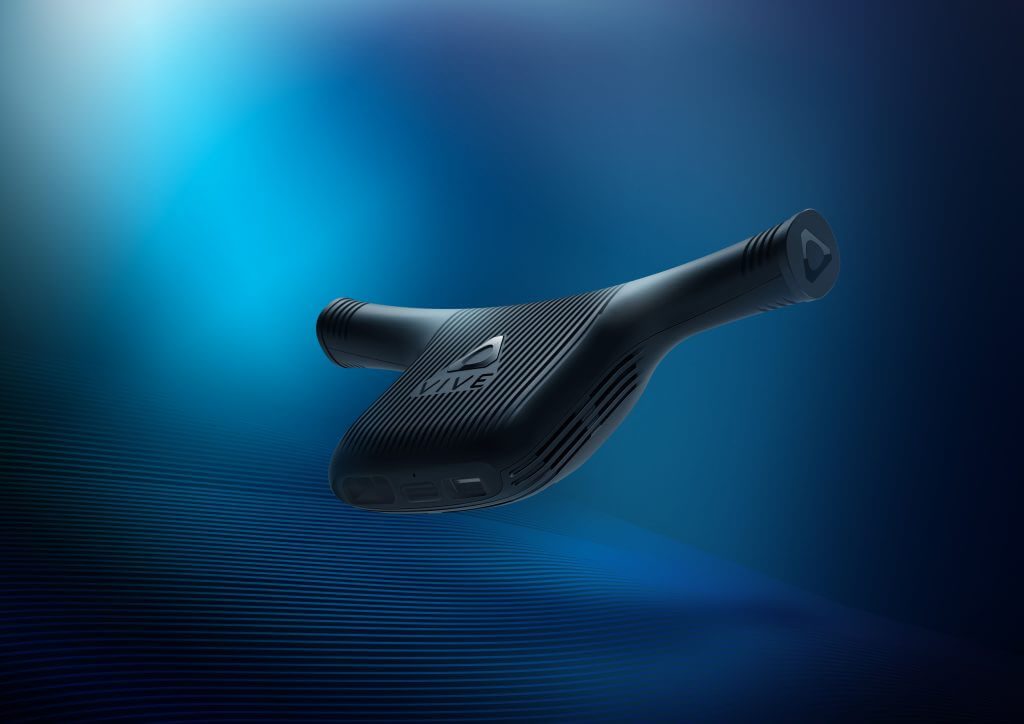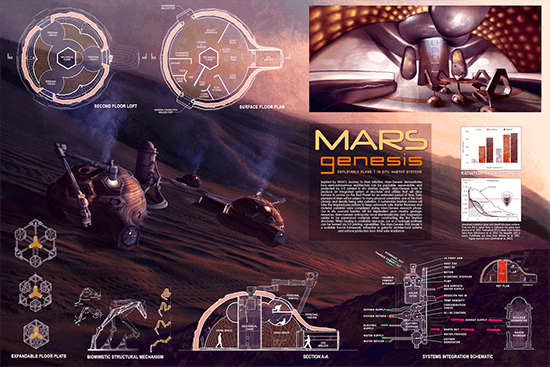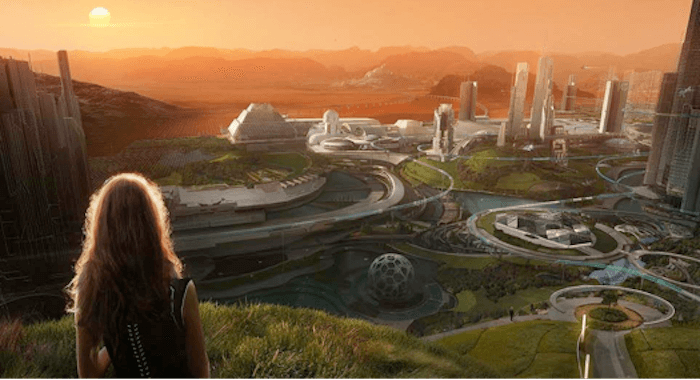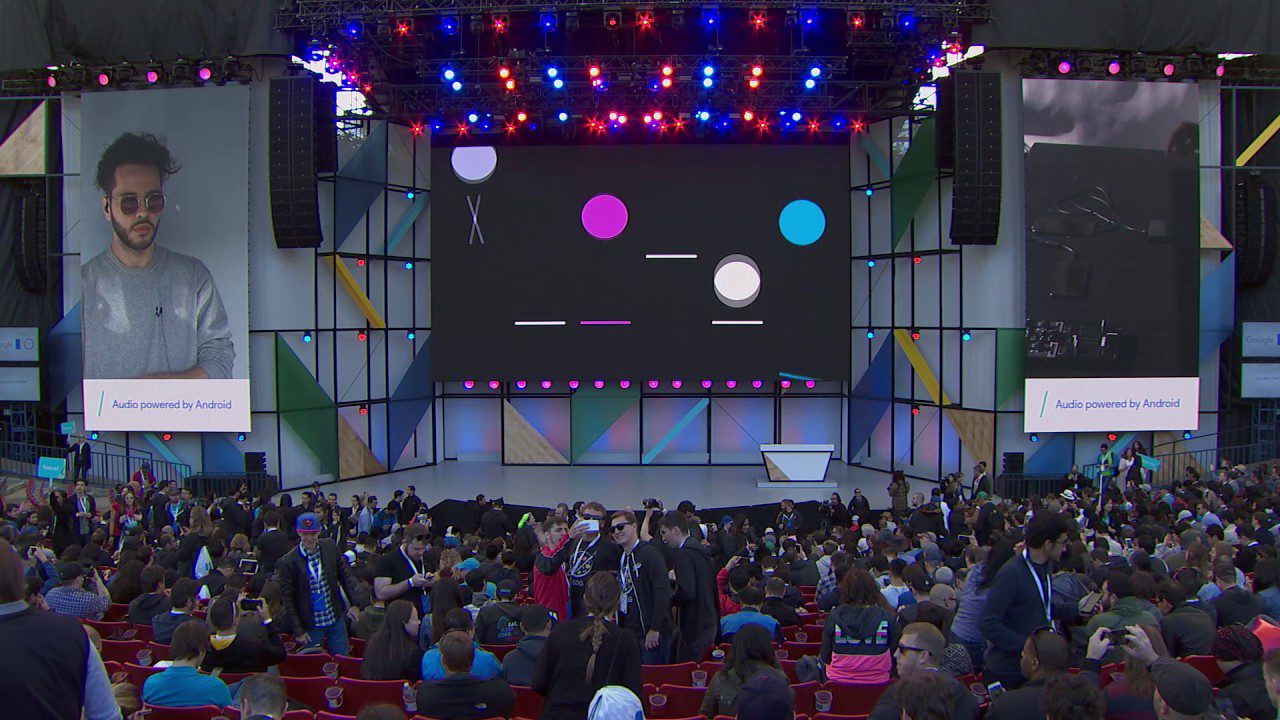Schlagwort: developers
-

What to expect in Series 2 of the Apps, Games & Insights podcastWhat to expect in Series 2 of the Apps, Games & Insights podcastGlobal Marketing, Platforms & Ecosystems
Reading Time: 3 minutesCan apps become the key to education? Interest in e-learning has been growing over the last few years but, with the emergence of distance learning, it’s poised to change all types of education. In the first episode, we talk with Elliott Rayner, Head Of Product Marketing, and John Quintana, Head of Guided…
-

Everything announced at the Google for Games Developer SummitEverything announced at the Google for Games Developer SummitVice President of Product
Reading Time: 2 minutesEvery year, GDC is a moment to celebrate our successes and learn from one another. Although we won’t be gathering in person this year, we’re bringing you the latest updates at our Google for Games Developer Summit, where developers can watch the announcements and virtually attend sessions for free at g.co/gamedevsummit. We…
-

Creating stargazing apps and the perfect loafCreating stargazing apps and the perfect loafDeveloper Marketing
Reading Time: 3 minutesEditor’s note: Maurizio Leo is a software engineer-turned baker, and co-founder and developer of SkyView, a stargazing app that uses your camera to identify objects in the sky. As a part of our I Make Apps series, we talk to him about developing his app, as well as his baking side hustle. …
-

At I/O ’19: Building a more helpful Google for everyoneAt I/O ’19: Building a more helpful Google for everyone
Reading Time: 5 minutesToday, we welcomed thousands of people to I/O, our annual developer’s conference. It’s one of my favorite events of the year because it gives us a chance to show how we’re bringing Google’s mission to life through new technological breakthroughs and products. Our mission to make information universally accessible and useful hasn’t…
-

From puzzles to poster-making: 2019’s Google Play Award winnersFrom puzzles to poster-making: 2019’s Google Play Award winners
Reading Time: 3 minutesTo kick off this year’s Google I/O, we hosted our fourth annual Google Play Award ceremony to recognize the most innovative developers behind the top apps and games on Google Play over the past year. These apps and games had stiff competition across nine categories, including new additions like Most Inventive, Best…
-

Open platforms like Android unlock potentialOpen platforms like Android unlock potential
Reading Time: 3 minutesAs a scientist, educator and businesswoman, my goal is to engage as many young minds as possible to get them excited about science and technology. That’s why the explosion in affordable technology over the last few years has been so exciting for STEM evangelists like me. Technology is no longer available only…
-

Encryption for everyone: How Adiantum will keep more devices secureEncryption for everyone: How Adiantum will keep more devices secure
Reading Time: 2 minutes Editor’s note: February 5 was Safer Internet Day, but we’ll be talking about it all week with a collection of posts from teams from across Google. Encryption is incredibly important. It underpins our digital security. Encryption encodes data so that it can only be read by individuals with a key.…
-

VR 101 – A Crash Course In All Things Virtual Reality
Reading Time: 3 minutesVR, AR, MR – ever wonder what it all means? Don’t fret! These different “realities” can be confusing, so we’re here to explain. Introducing “VR 101”, the next article in our new blog series designed to teach you all you’ve ever wanted to know about virtual reality. From purchasing a VR-ready computer…
-

How Can We Support A Million Lives On Mars?
Reading Time: 3 minutesHP Mars Home Planet challenges engineers, architects, designers, artists, and students to design an urban area for a million people on the red planet. Is there life on Mars? Imagine a future when one million people call the red planet home. Together with NVIDIA, HTC VIVE and other partners, HP has launched…
-

How Android and Pixel are changing the way musicians createHow Android and Pixel are changing the way musicians createEditor-in-Chief
Reading Time: 4 minutesIf you happened to go to Google I/O this year—or tune in to the live stream—the hour leading up to the keynote featured a fun surprise: the band Parisi, filling Shoreline Amphitheatre with a wall of sound, using just four Pixel phones and modular musical instruments called ROLI BLOCKS. × Parisi’s performance…






